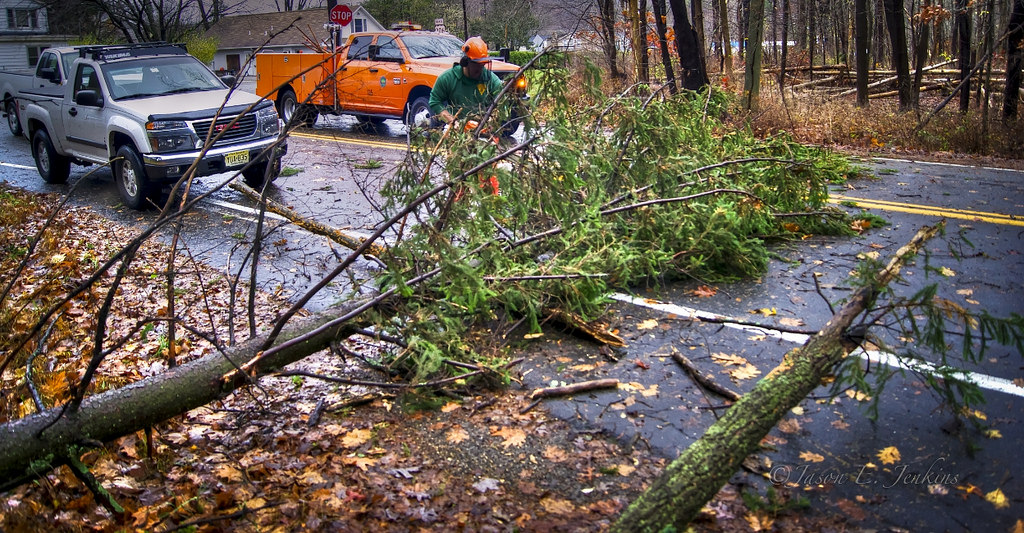Our friends at STIHL shared some excellent tips on how to cleanup safely after a storm. Whether it be a hurricane, tornado, or major storm of any type, all of these guidelines apply.
During the storm
Don’t try to be a hero.
Your property is not more important than your life and the lives of your loved ones. Prepare in advance, follow guidelines for evacuations, and don’t hesitate to get assistance.
After The Storm
Put safety first
It’s important to protect yourself as well as your property.
- Be on the alert. Stay away from utility lines and keep an eye out for dangers both up in hanging branches and down on damaged trunks.
- Broken limbs may still be lodged in trees, but can easily and unexpectedly fall. Loggers call these “widow-makers.”
- Look for trees leaning against or touching downed phone lines or power lines – a tree in contact with a power line, and the ground at the base of the tree, can be energized and dangerous.
- When in doubt, call your arborist (See #8 below)
- If you’re skilled enough to do work yourself, suit up properly, wear the proper attire and protective equipment. Many times we see newscasts of people wearing shorts and flip-flops to clean up storm damage. This is not what you should be wearing to do this type of work.
- Follow the guidelines in your instruction manual for any power equipment you’re using.
- Evaluate tree damage.
Evaluate your trees carefully by asking the following:
- Other than storm damage, is the tree basically healthy?
- Are major limbs and/or the leader branch still remaining?
- Is at least 50 percent of the tree’s crown still intact?
- Are there remaining branches that can form a new branch structure?
If you answer “yes” to the majority of these questions, there is a good chance the tree can be saved. When in doubt, consult a professional.
Take Steps to Repair Minor Damage & Debris.
- Remove any broken branches or stubs still attached to the tree.
- Remove jagged remains of limbs to reduce the risk of decay agents entering the wound.
- Smaller branches should be pruned at the point where they join larger ones.
- Resist the urge to over-prune. Don’t worry if the tree’s appearance is not perfect.
Do not try to do it all yourself.
Evaluate what you can handle and what’s for a pro – anything not on the ground should definitely be handled by a professional. Some of these things could be a threat to your life, so it makes sense to spend the money if you’re not absolutely confident in your skills or if any of the below situations apply:
- Large limbs are broken or hanging or overhead chainsaw work is needed.
- If a tree is uprooted or downed, it can create an unnatural pattern of pressure points and tension. A chainsaw operator may be in severe danger if attempting to cut a tensioned limb or trunk (called a “spring pole”) – it may have an extremely violent, catapult-like reaction.
- If branches are too close or touching utility lines, report immediately to your local utility company. NEVER attempt to move downed utility lines.
- Any task you have not been properly trained to handle or are uncomfortable undertaking.
Consider wildlife.
Birds or bees may have been taking temporary storm shelter while you are doing work – always proceed with caution.
Stay educated.
Learn more tips on tree safety, chainsaw safety, finding a tree care professional, and how to prepare for storms at the following websites:




